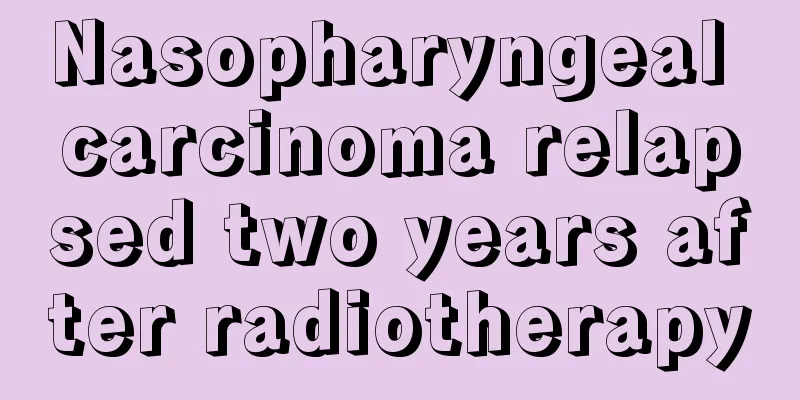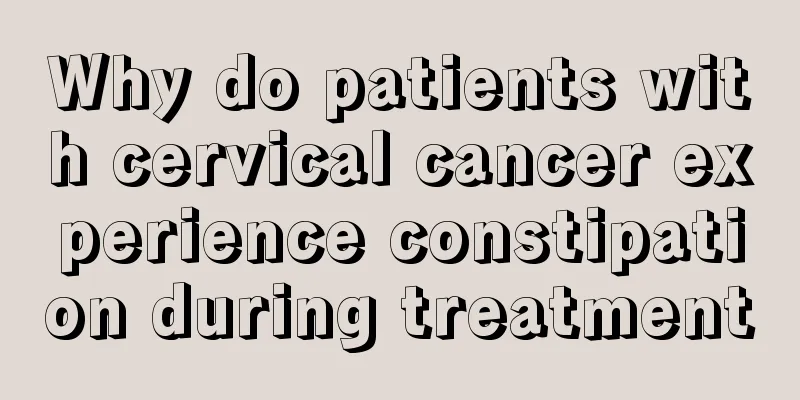Nasopharyngeal carcinoma relapsed two years after radiotherapy

|
After the first course of radical radiotherapy for nasopharyngeal carcinoma, the recurrence is divided into simple nasopharyngeal recurrence, simple neck metastasis recurrence or recurrence of both. The recurrence rate is about 20% to 40%, and most recurrences occur within 2 to 3 years after radiotherapy. So, what should we do after recurrence? Recurrence must be confirmed by nasopharyngeal neoplasms or neck lymph node biopsy, or neck lymph node puncture, and cannot be confirmed by CT or MRI examination alone. CT or MRI is only to understand the scope of recurrence and facilitate the design of irradiation field. For the imaging diagnosis of nasopharyngeal carcinoma, MRI is superior to CT in many aspects, so MRI examination should be chosen as much as possible. If the recurrence is only in the nasopharynx and/or skull base, radiotherapy is only used to irradiate the nasopharynx and/or skull base, and the neck is not given preventive irradiation. Try to set up small fields and multiple fields, and try to irradiate from different parts and angles than the first course of radiotherapy to avoid excessive damage. Nasopharyngeal intensity modulated radiotherapy technology can meet the above requirements very well. It can minimize the dose of surrounding normal tissues while ensuring the dose of the target area, that is, to exchange the minimum damage for the maximum effect. For recurrence of cervical metastases, surgical treatment should be the first choice. Depending on the size of the lymph nodes, it can be divided into local resection and regional neck dissection. Then, based on the pathological findings during or after surgery, whether postoperative radiotherapy should be considered. Endoscopic minimally invasive surgery for recurrent or residual nasopharyngeal carcinoma is a salvage surgery for patients without metastasis to the neck or other parts of the body. For example, endoscopic minimally invasive surgery utilizes the natural passages of the human nasal cavity to reach the nasopharynx under the guidance of special endoscopic surgical equipment, and removes the recurrent or residual lesions in the nasopharynx while ensuring a sufficient safety margin. Postoperatively, small doses of radiotherapy can be supplemented preventively, thus avoiding to the greatest extent the side effects of repeated radiotherapy on the head and neck, such as neck stiffness, masseter muscle rigidity, difficulty opening the mouth to eat, salivary gland fibrosis, stubborn dry mouth, and stubborn secretory otitis media, significantly improving the quality of life of patients. It is recommended that nasopharyngeal carcinoma patients adhere to regular check-ups after the first radiotherapy treatment. For early recurrence or residual disease after radiotherapy, try to choose active treatment methods to achieve the treatment goal. |
<<: The difference between lymphoma and nasopharyngeal cancer
>>: What is the treatment method for recurrence of nasopharyngeal carcinoma
Recommend
What are the chemotherapy drugs for liver cancer
In the past, the treatment of liver cancer was ma...
What is the reason for the buttocks to become bigger
Some women who have been working for many years f...
90% of kidney tumors are malignant. Beware of the “terrible” kidney cancer
Although "kidney cancer" does not seem ...
A brief discussion on some early symptoms of gastric cancer
Gastric cancer is one of the most common cancers ...
What are the causes of prostate cancer in men
Prostate cancer is a very common malignant tumor ...
What are the side effects of taking antibiotics for a long time
Antibiotics are a common anti-inflammatory and ba...
Is a premarital medical examination necessary for marriage
Whether to conduct a premarital medical examinati...
What causes the gap between teeth to widen
The widening of the gaps between teeth is definit...
What are the benefits of applying honey on the face
Many women use honey for beauty treatments, but i...
Introduction to common medical diagnosis methods for bone cancer
Medically, the diagnosis of bone cancer is relati...
Hair loss after washing
In our lives, washing hair is almost one of the t...
Is it okay to be active in the late stage of lung cancer?
Is it okay to be more active in the late stage of...
Nursing after radical surgery for patients with esophageal cancer
Postoperative care for patients with esophageal c...
What to do if body fat percentage is high
Many people think that fat is a bad tissue, but i...
How to comb short bangs to look good
In our lives, many people want to grow their bang...









